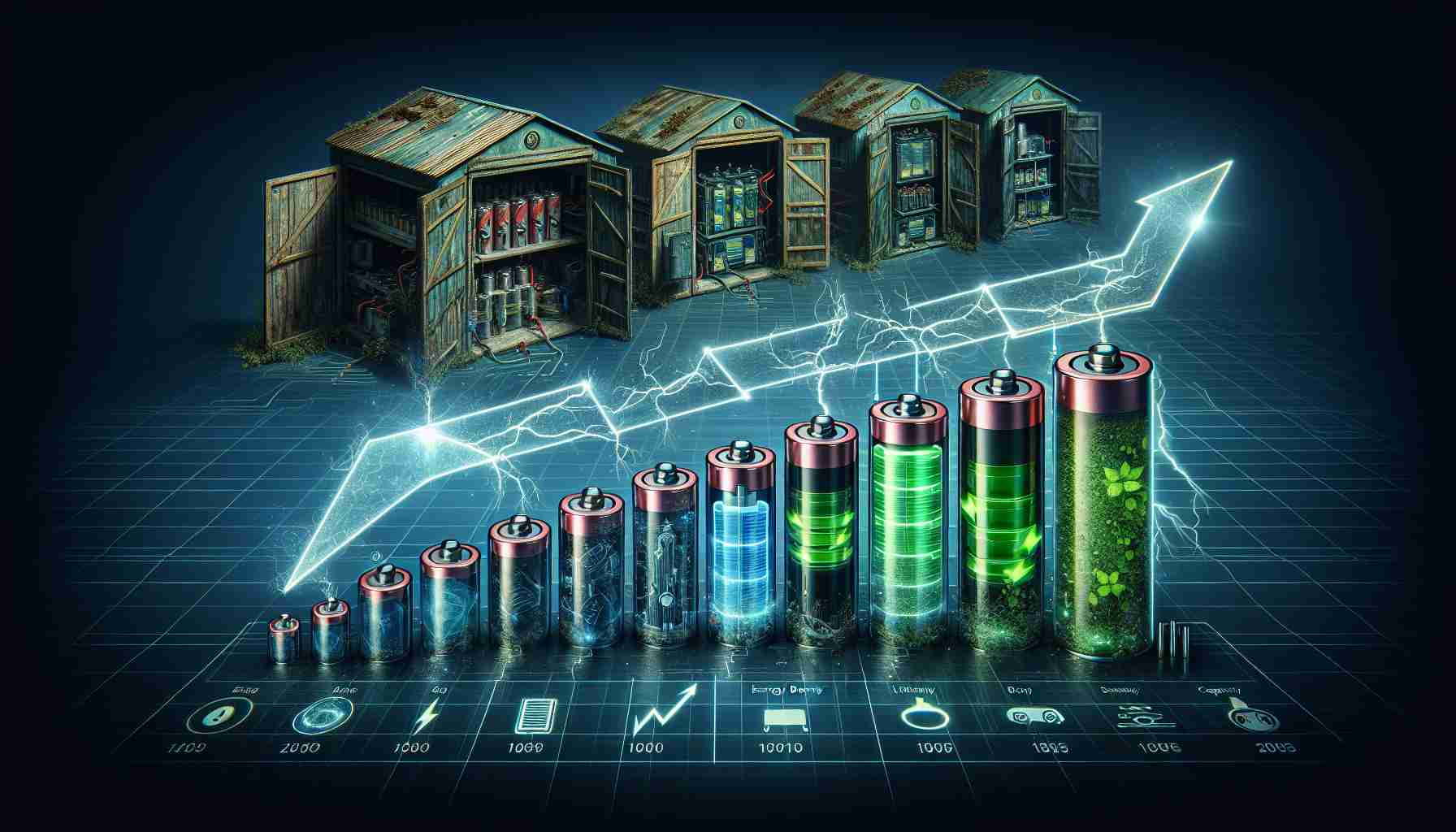In recent years, the landscape of battery technology has shifted dramatically with the emergence of silicon-based batteries. Unlike traditional lithium-ion batteries that rely on graphite, these innovative batteries utilize silicon to enhance energy density. This critical advancement allows for the creation of smaller batteries with the same capacity or larger capacities without increasing size.
A notable example of this breakthrough can be seen in the HONOR Magic 5 Pro released in 2023. The international version features a lithium battery of 5,100mAh, while the Chinese counterpart boasts a silicon battery with a capacity of 5,450mAh, all within the same device dimensions. Several other brands are now embracing this technology, including OnePlus, Xiaomi, and vivo, introducing models that leverage silicon’s advantages.
This transition not only improves battery longevity but also enables sleeker designs. The HONOR Magic V2, for instance, houses a 5,000mAh battery within a mere 9.9mm thickness, exemplifying how silicon can facilitate thinner devices. The vivo X Fold 3 Pro also showcases a substantial 5,700mAh battery while maintaining a slim profile.
There’s growing excitement regarding the potential applications of silicon batteries in smaller devices like fitness trackers and smartwatches. The HONOR Watch 5 is a prime example, featuring a 480mAh silicon battery that enhances its operational time without compromising space. As the technology becomes more mainstream, many are eager to see major players, such as Apple and Samsung, implement these efficient batteries in their future products.
Revolutionary Advancements in Battery Technology: Beyond Silicon
The rapid advancements in battery technology extend beyond just silicon-based solutions. Recent developments have introduced several groundbreaking approaches that promise to redefine energy storage across various sectors. One of the most significant areas of innovation is the exploration of solid-state batteries, which offer various advantages over conventional lithium-ion and silicon batteries.
What are solid-state batteries?
Solid-state batteries replace the liquid electrolyte found in traditional batteries with a solid electrolyte. This change dramatically improves safety by reducing the risk of leaks and fires, which have historically plagued lithium-ion batteries. Companies such as Toyota and QuantumScape are at the forefront of this technology, claiming that solid-state batteries could provide two to three times the energy density of current lithium-ion batteries.
What are the key advantages of the latest battery technologies?
1. Increased Energy Density: New materials and chemistries, such as lithium-sulfur and solid-state configurations, promise significant improvements in energy density, potentially allowing electric vehicles to travel much further on a single charge.
2. Faster Charging Times: Innovations like lithium titanate batteries can charge rapidly, making them ideal for applications requiring quick power boosts, such as in electric cars and public transportation.
3. Longer Lifespan: Advanced battery technologies often exhibit extended cycle life, enabling devices to maintain performance over longer periods without significant degradation.
What challenges and controversies exist in battery technology?
1. Cost of Production: Many of the new battery technologies, particularly solid-state batteries, remain expensive to produce. This raises questions about market viability and widespread adoption.
2. Scalability: While prototypes and limited batches have shown promise, scaling up production to meet global demand presents substantial challenges, particularly in sourcing raw materials sustainably.
3. Environmental Concerns: The extraction of metals used in battery production, such as lithium, cobalt, and nickel, raises environmental and ethical issues. There is ongoing debate over how to balance technological advancements with responsible sourcing practices.
Understanding the advantages and disadvantages
Advantages:
– Improved energy storage capabilities lead to longer-lasting and lighter devices.
– Greater safety compared to traditional batteries, thereby reducing hazard risks.
– Faster and more efficient charging options can enhance user experiences.
Disadvantages:
– High initial costs may impede widespread adoption, especially among cost-sensitive consumers.
– Some emerging technologies require substantial changes in manufacturing processes, which could limit immediate implementation.
– The sustainability of new materials is still a concern and requires ongoing research.
Conclusion
As the transition from traditional lithium-ion batteries to more advanced technologies takes shape, the future of power storage appears bright yet complicated. Solid-state, lithium-sulfur, and silicon-enhanced batteries represent just a fraction of a rapidly evolving landscape. It is essential to continue addressing the associated challenges and to balance innovation with sustainability.
For more information on battery technologies and their impacts on various industries, you can explore ScienceDirect which offers comprehensive studies and articles on innovative advancements in energy storage technologies.























